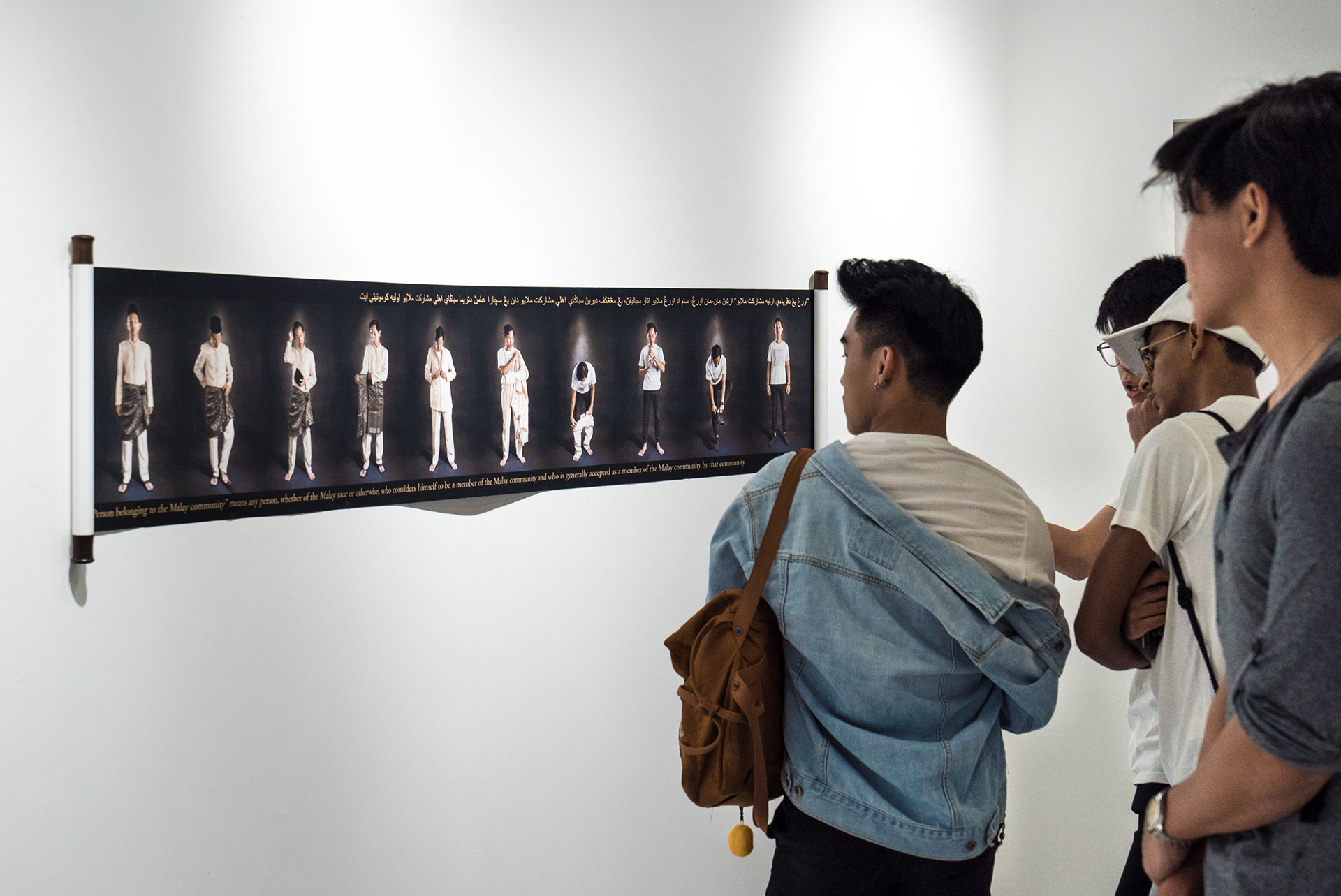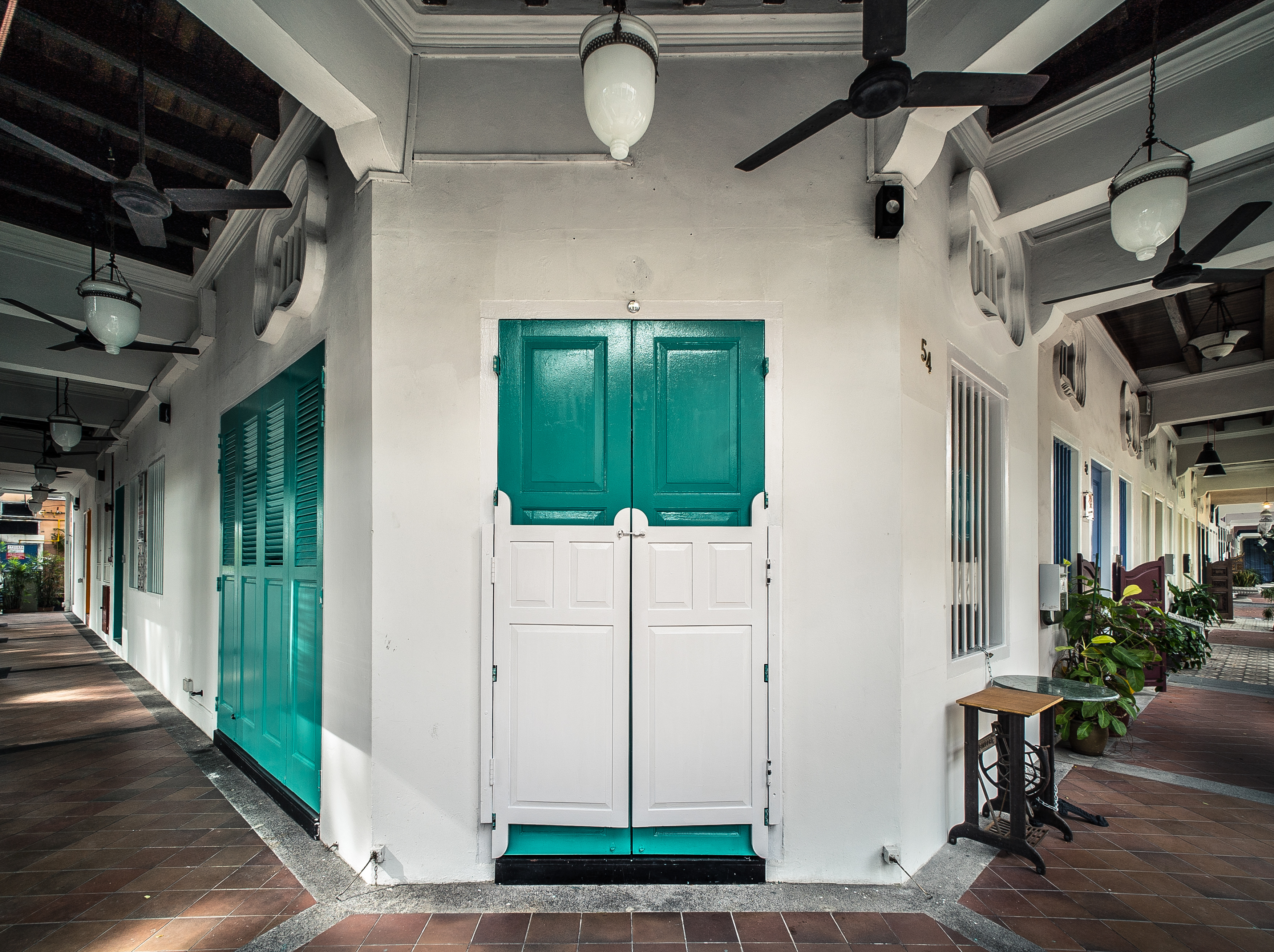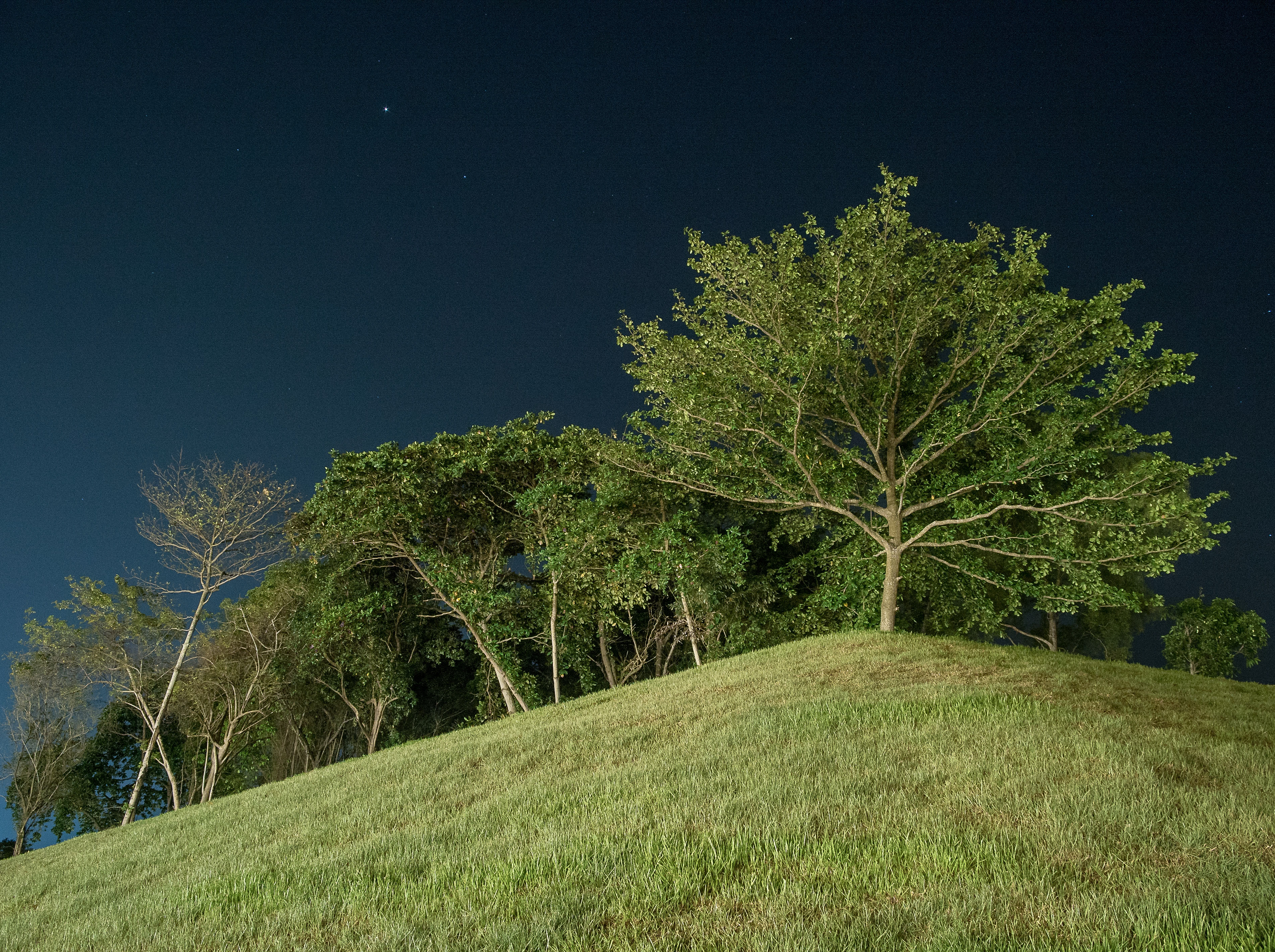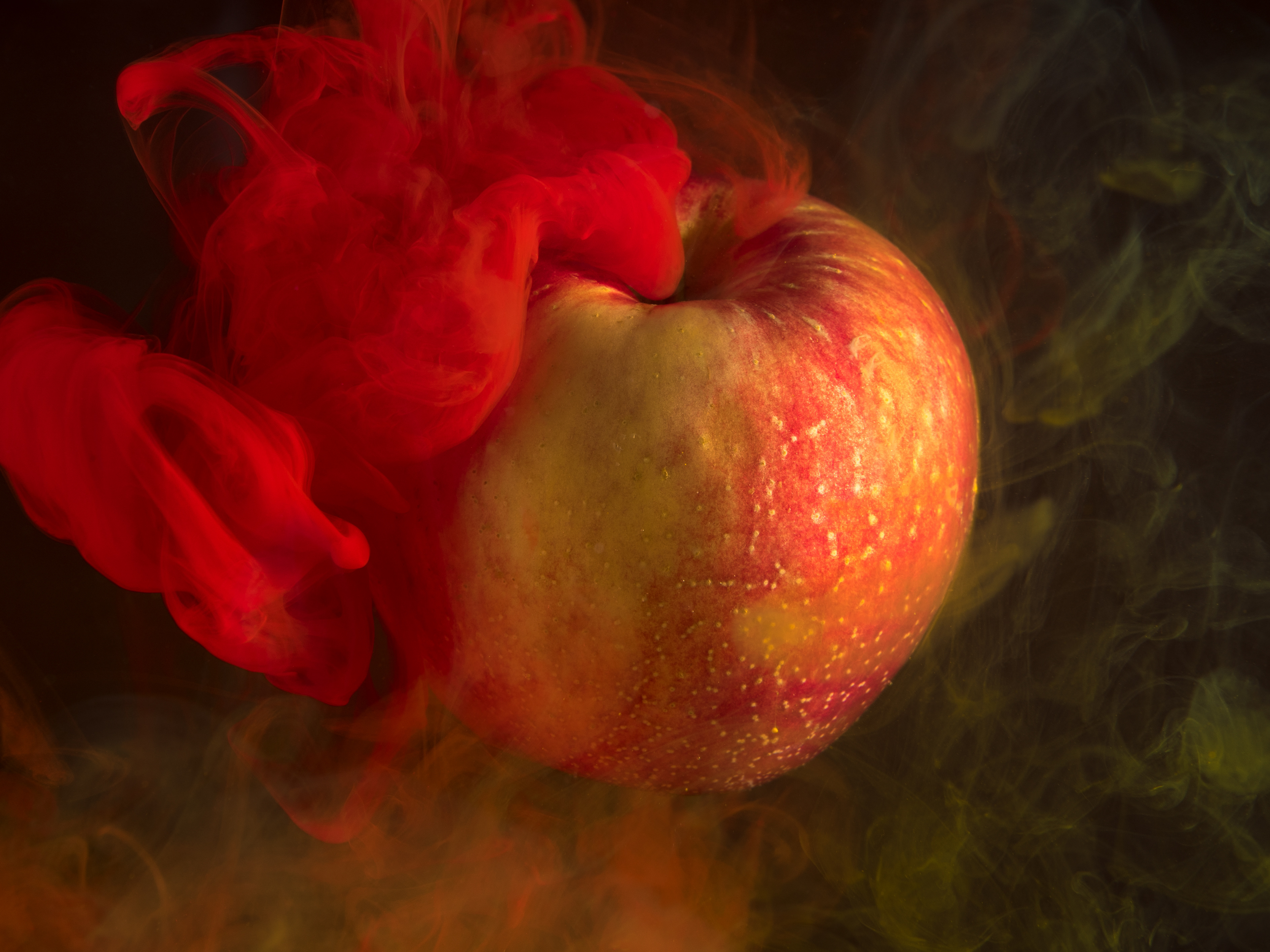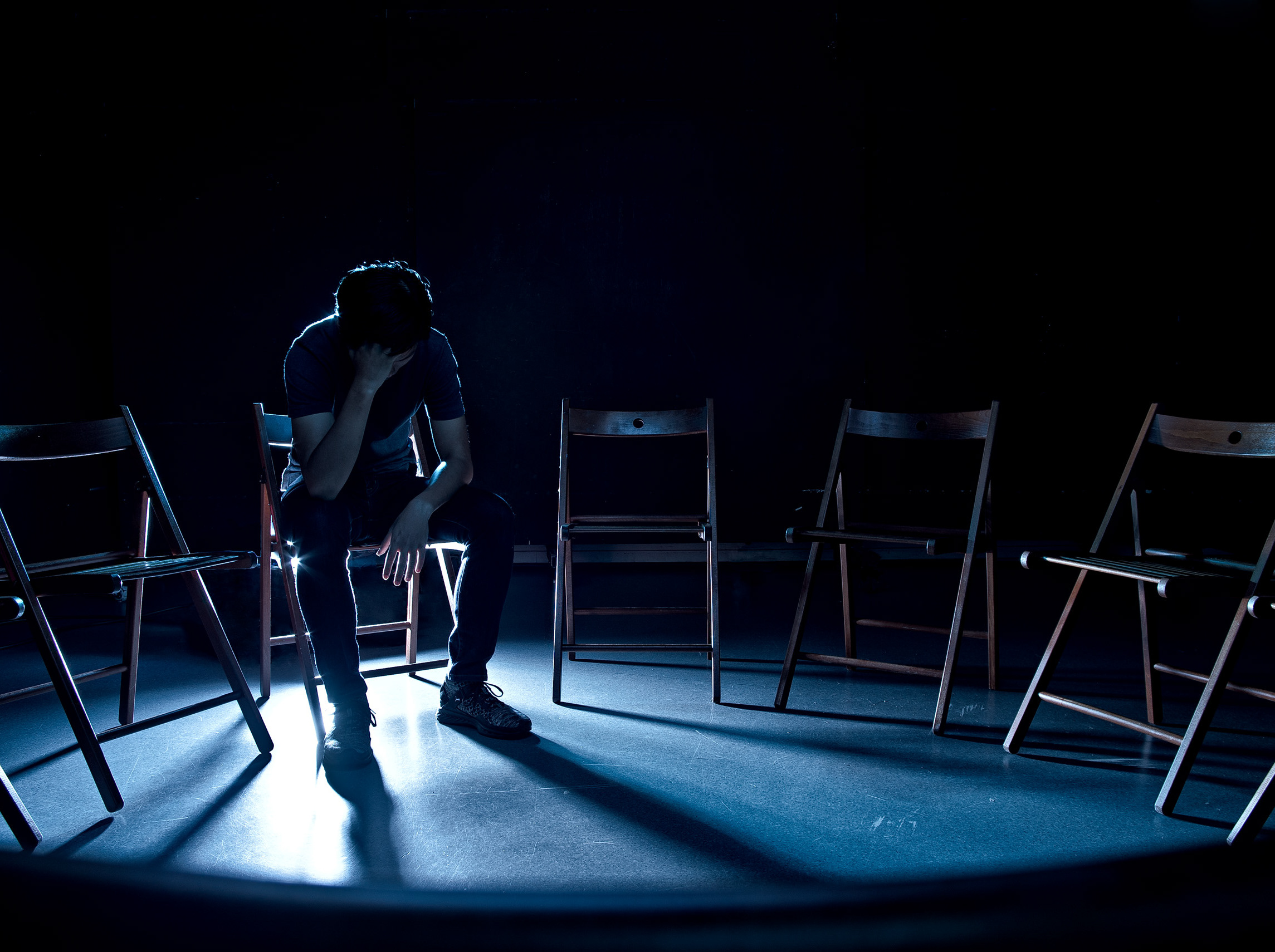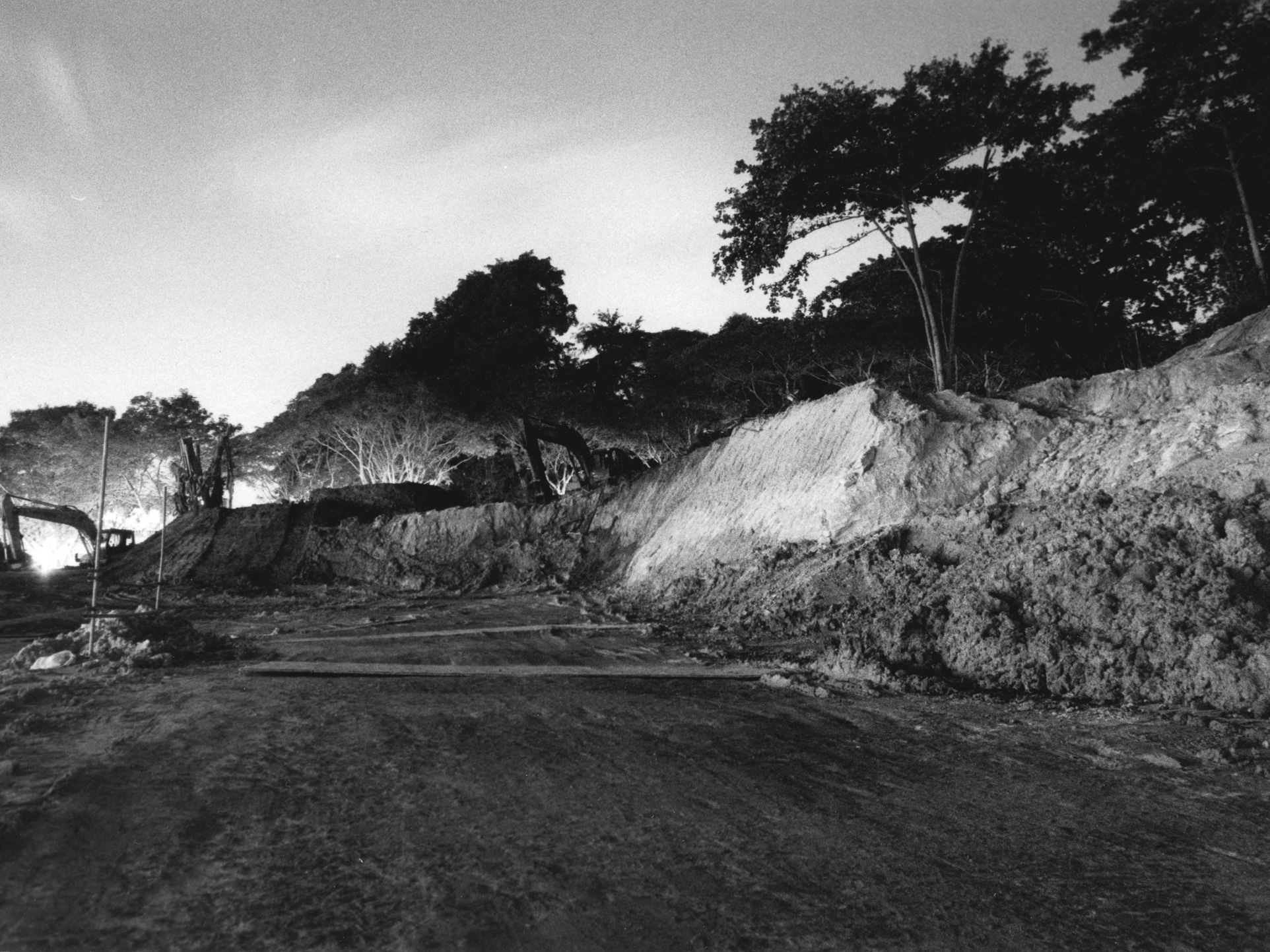A photographic piece exploring the concept of race, بودیا (Budaya) (a Malay word meaning “culture”) confronts the artist’s mixed ethnicity as a Malay-Chinese in Singapore, where racial boundaries are still assumed to be clearly defined and prescriptive of identity.
Presented as a Chinese scroll, the piece unravels to reveal ten portraits of the artist as he dons (or removes) his ethnic Malay clothes. The dissonance between the cultural origins of the medium and subject mirrors how the artist is commonly assumed to be Chinese due to his appearance but is otherwise Malay in his mother tongue and upbringing.
The text on the scroll presents the definition of a “Malay person” as defined in Article 19B of the Singaporean Constitution written in both English and Jawi-Malay. Whilst seemingly phrased in an inclusive manner, this definition ultimately asserts that one must still conform to racial prototypes in order for one to be claimed by that ethnic group. Can there then be exceptions? Why must we specify such boundaries?
بودیا (Budaya) is at once a declaration of the artist’s ethnic identity, whilst also a reminder that race and ethnicity is merely one of many characteristics that makes up an individual and is in no way definitive of who you are.
